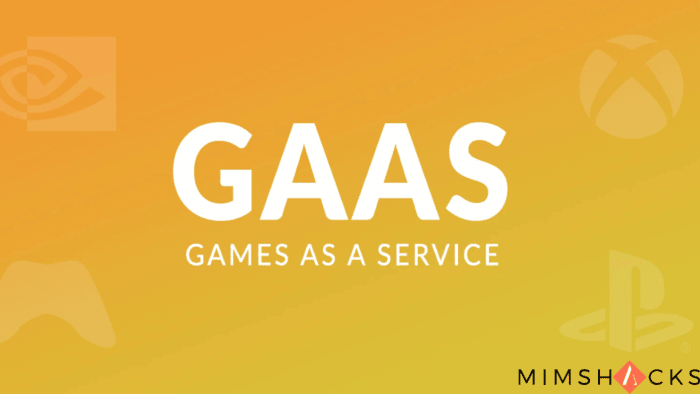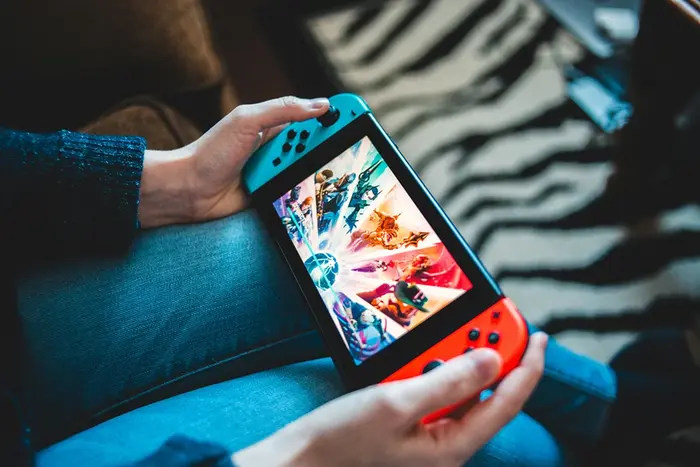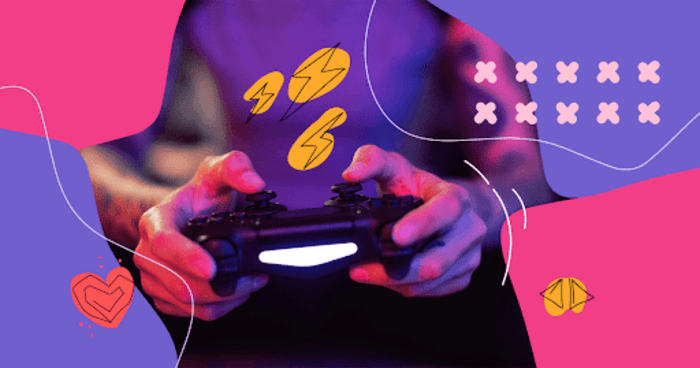What Does GaaS Mean In Gaming?
Games as a Service (GaaS) is a model where games receive ongoing updates with new content and features, ensuring a constantly evolving experience.
Rather than making a one-time purchase, players usually pay through subscriptions or in-game purchases, while developers keep the game engaging with frequent additions and improvements.
Hey, gaming enthusiasts and tech lovers! Today, we’re unpacking GaaS—a concept revolutionizing how we access and enjoy video games.
And no, it’s not some high-tech gamer fuel (though that would be interesting). Let’s explore this further!

What Is GaaS in Gaming?
GaaS, or “Gaming as a Service,” is a model where players access games as a continuous service rather than making a one-time purchase.
Like a subscription service, it enhances a single match or platform through regular updates, new content, and ongoing support.
Origin of the Term

The “as a Service” model originated in the software sector, with platforms such as Microsoft 365 and Google Workspace helping to popularize SaaS (Software as a Service).
Eventually, the gaming industry adopted this idea, and by the early 2010s, TaaS began to grow in popularity.
The expansion of online multiplayer games, mobile apps, and digital platforms played a key role in widespread adoption.
How the GaaS Model Functions
Here’s a straightforward explanation of how GaaS functions:
- Frequent Updates – Creators continuously provide updates to resolve glitches, enhance functionality, and implement additional features.
- Ongoing Development – Instead of creating sequels, they enhance and expand the current game.
- In-Game Transactions – Many games offer optional purchases like skins, battle passes, and extra content.
- Community Involvement – Developers interact with players and consider feedback for future updates.
- Time-Limited Events – Special events keep players engaged and encourage repeated play.
- Multi-Platform Support – Many GaaS titles allow players to connect across different devices.
- Data-Driven Enhancements – Developers analyze player behavior to shape upcoming content.
Popular GaaS Titles

Some of today’s most well-known games follow the GaaS model. Here are a few examples:
- Apex Legends – Players of the free battle royale enjoy fresh characters and regular updates every season.
- Fortnite – Competing in the free survival game offers frequent updates, new features, and a rotating battle pass.
- Destiny 2 – Players access ongoing expansions and seasonal content to keep the game exciting after purchasing the shooter.
- World of Warcraft – The subscription-based MMORPG regularly introduces new expansions and content.
- Rainbow Six Siege – Since its debut in 2015, developers have persistently enhanced the tactical shooter with new updates and features.
- GTA Online – Rockstar consistently enriches the multiplayer segment of GTA V with fresh content and improvements.
- FIFA Ultimate Team – The FIFA game mode undergoes continuous updates, bringing in new features and content throughout the year.
Monetization Methods in GaaS
GaaS games generate revenue in different ways:
- Free Game with Paid Items – The game is free, but players can buy optional extras or upgrades.
- Subscription Model – Players pay a regular fee to continue playing the game.
- Battle and Season Passes – Players purchase passes that unlock exclusive rewards as they progress.
- Extra Content Packs – Additional content or new gameplay features are available.
- Single Purchase with Free Updates – Players make a one-time payment and receive updates without further charges.
- Mixed Payment Methods – Certain games utilize a mix of payment models to generate income.
Key Terms Related to GaaS

When talking about GaaS, you might come across several related ideas:
- Live Service Games – Games that are continually updated and expanded with new content over time, keeping the gaming experience fresh and dynamic.
- Early Access – A stage in game development where titles are released in an unfinished state, enabling players to give feedback that helps shape the game’s final version.
- Live Operations (Live Ops) – The constant task of overseeing and refining a game’s live elements, ensuring it stays captivating and functional for users.
- Roadmap – A clear roadmap or schedule outlines future updates and new additions, letting players look forward to upcoming content and features.
- Seasonal Updates – Short-term activities or features get introduced to captivate players during specific seasons, presenting new obstacles and incentives for those times.
- Player Retention – The measurement of how effectively a game keeps its players active over time is crucial for its long-term success.
- Microtransactions – Players make small in-game purchases for cosmetic items or upgrades, allowing them to personalize their experience without affecting gameplay balance.
- Loot Boxes – Paid rewards containing random items or bonuses within a game, often allowing players to obtain rare or unique items.
- DLC (Downloadable Content) – Additional game content or expansions available for individual purchase, often adding new levels, characters, or stories to the game.
- Patching – Updating a game involves addressing bugs and enhancing performance to provide players a more seamless and enjoyable experience.
GaaS reshapes how players interact with and pay for video games. It offers ongoing updates and rewards like battle passes, maintaining excitement.
While fresh content arrives regularly, players should remain cautious about in-game purchases. Gaming now serves as a service—enjoy the experience!





